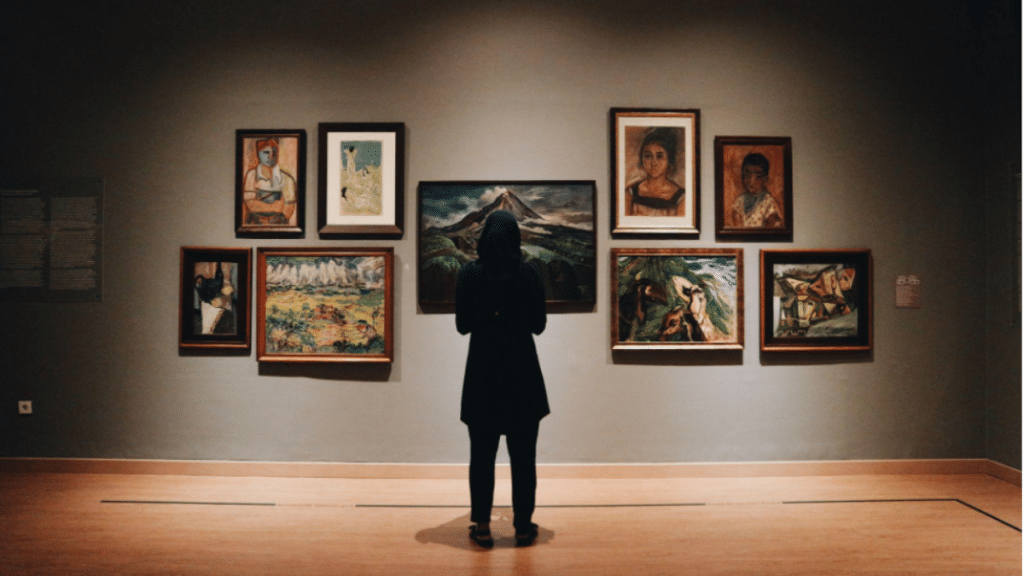By the 1990s, 50 years after the Holocaust, claimants of Nazi-Looted Art had come to be seen as undesirable intruders in the art world. Their restitution claims were readily scorned: Who were those people from a distant past anyway? Aren’t there statutes of limitations? Were those Holocaust victims not just troublemakers for art dealers, auction houses, museum directors, and collectors, unsettling the well-established order of the art world?
The scandal was this: the dimensions and abysms of the Holocaust and the Nazi art theft were stubbornly condoned by the art world, which in fact, had long closed all this as a chapter of faults committed solely by the Nazis. As the factual profiteers of this injustice, the art dealers, auction houses, museum directors, and collectors had almost collectively drawn a veil of oblivion over Holocaust Looted Art.
1998 – the Washington Conference on Holocaust-Era Assets – was finally the great turning point,
defining standards for resolving issues of Nazi-confiscated art. These Washington Principles have since then affected the art world on the scale of an earthquake.
The spiritus rector and conference organizer was the U.S. Under Secretary of State for Economic, Business, and Agricultural Affairs, Stuart E. Eizenstatt. In 1998, he gave a statement at the conference, “In Support of Principles on Nazi-Confiscated Art,” saying: “By applying these principles correctly, finding Nazi-confiscated art will no longer rely on luck. Instead, there will be a coordinated global effort, voluntarily conducted but supported by a strong moral obligation, to investigate the origin of artworks and reveal stolen art. This undertaking will involve governments, NGOs, museums, auctioneers, and dealers.”
Ever since, there has been no denying or repressing possible any more of the great Nazi art theft by the art world and museums: own provenance departments were established by museums and auctions houses, and yes, many major returns of Nazi-Looted Art objects have taken place since 1998 as a result.
But still, more than 20 years after the Washington Principles, new cases of Nazi-Looted Art are
emerging as a never-ending history of the Holocaust. The work of James Palmer and Mondex Corporation, which specializes in helping clients recover works of art and other assets that were looted during WWII, reveals this fact.
Of course, in the art market, objects from private collections with obviously suspicious provenance are regularly offered, despite the “diligent” work by the provenance departments of the auction houses. But also of great importance is the fact that museums still have Nazi-Looted Art objects in their collections, despite the work by their provenance research departments there since 1998. So what exactly is happening here, and to what extent are museums motivated to adhere to the Washington Principles?
Kamila Gourdie, President of Mondex, has seen and continues to see various cases for clients against major museums, where “It is mostly our clients’ initiative to draw the museums’ attention to the correct provenance of Nazi-Looted Art objects in their collections. One would expect the very opposite. And then, after having established all evidence of ownership and despoilment for them, we even meet a significant degree of reluctance on behalf of world-famous museums. Conduct not at all living up to the spirit and standards of the Washington Principles!”
As the world recognizes the rights of persecuted victims to regain their property through the restitution of cultural artifacts and artworks looted during times of upheaval, perhaps there is hope that a more proactive position will be adopted by major players in the art world, including museums and auction houses.
